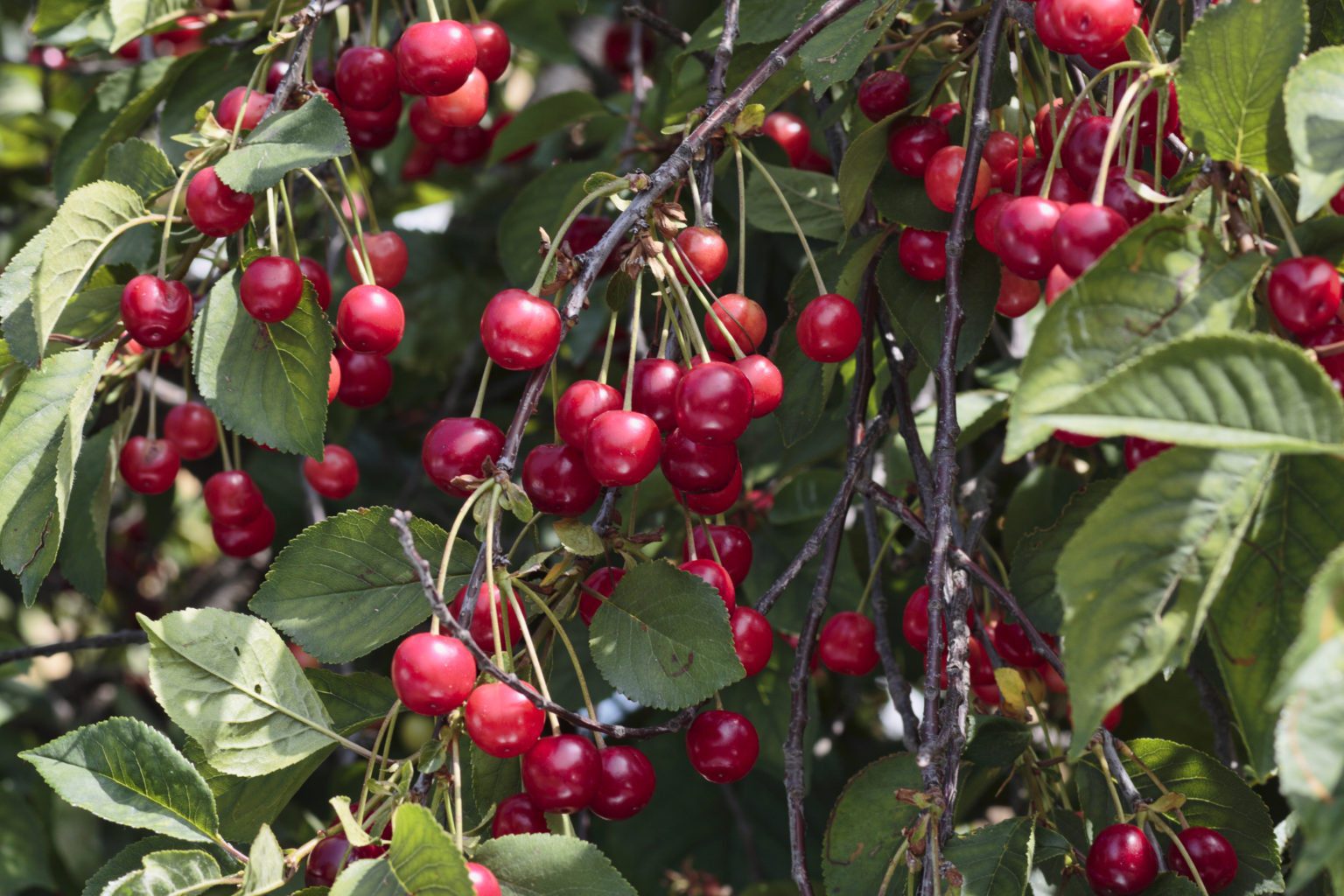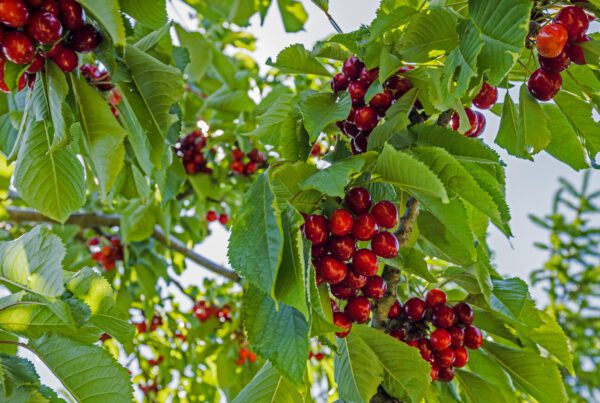As the year draws to a close, the talk of US / China tariffs has eased back with announcements that a “phase one” agreement has been reached and should be signed early in the new year. With the December 15th tariffs cancelled and a promise from China to increase their purchase of US agriculture products we’re looking at cherry crops this week as a bellwether of how those tariffs have impacted agriculture exports over the two year negotiations. The reason we look to cherries is twofold; one, cherries are huge commodity in China as they import approximately 80% of the crop grown around the world and two, the cherry market has grown like a juggernaut both in the market size of both growers and buyers.
Over the last decade the size of the cherry crop coming out of Chile has almost tripled in acreage, going from 32,000 acres in 2011 to 91,500 acres in 2019. As Chile has stepped in to export cherries to China in light of the trade negotiations, the bulk of their crop (87% to be exact) is going to China, with the US as their second largest importer at a measly 2%. Analysts expect the reduction in US demand is from a glut of domestic cherries no longer headed to China, thus reducing the need to buy from outside our US borders. The crop in the Pacific Northwest still saw 30% exported, but the markets have changed from primarily China into Vietnam, South Korea, Taiwan, Canada and South America. US west coast weather didn’t start out as strong as in 2017 when the crop saw numbers in the 264 million box range for growers and early this year, there were concerns that the US crop wouldn’t even make it to the 24 million box mark of 2018. Approximately 22 million boxes were grown in 2019 and the quality, thanks to mild weather at the end of the growing season, was sublime, according to Fresh Fruit Portal.
Though we’re still shipping cherries to China, the reduction in their demand due to tariffs could have been a much bigger issue for US growers if alternate markets hadn’t stepped up to grab the excess left behind. In all estimations, exports seem to hold steady around 33% for US growers though destinations are changing with the trade tides. As we reported last year, “As Chinese imports of US grown cherries continues to find resistance due to tariffs, other nations are being scouted to pick up the slack. Shippers are working with markets in Taiwan, South Korea, Japan, and Vietnam to make up the difference.”
“China, thankfully, isn’t the only market that desires cherries as we saw cherry exports to Korea and South America increase tremendously to help offset any reduction in exports. As exports to China fall, these other markets provide demand to maintain cherry pricing,” explained Tony Wong of CFI.
Cherries are a unique item as they ship to a wide assortment of countries including, China, Korea, Germany, Netherlands, United Kingdom, Vietnam, Australia, Brazil, etc. straight from the United States. In relations to other fruits, cherries are an exceptionally high value commodity due to their relatively short season and it’s vital to monitor them throughout the cool chain and preserve this value. As CFI works with growers all over the country to provide cherries around the world, we’ve developed a carefully managed process so that our fruits set the benchmark for quality on store shelves both domestically and abroad to new and exciting markets.



